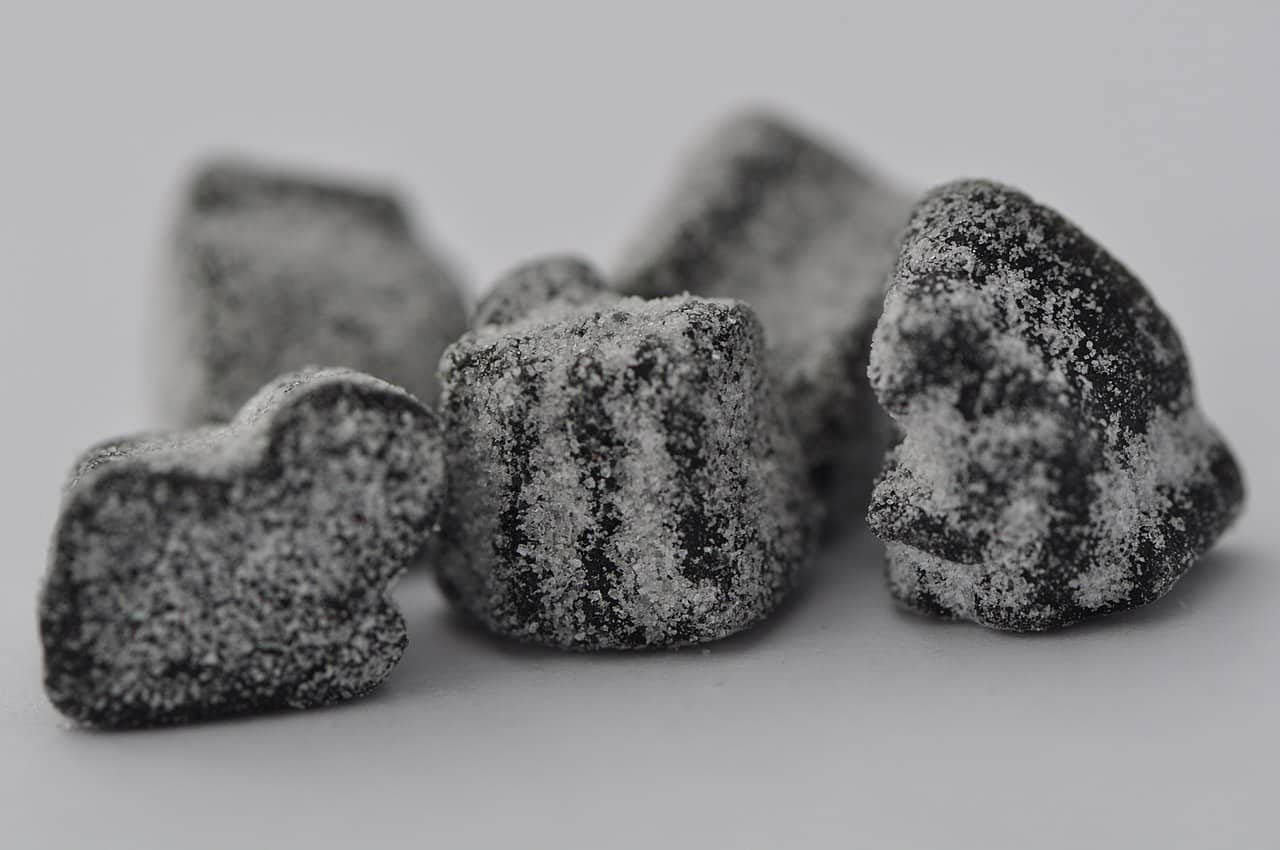
For over a century, our understanding of taste has been largely confined to five basic profiles: sweet, sour, salty, bitter, and umami. Yet, recent groundbreaking research hints at a potential sixth flavor profile that might have been hiding in plain sight: the unique taste of salmiak salt, a flavor familiar to those who’ve savored salt licorice, a treat that’s especially popular in Northern Europe.
A new taste emerges
In the early 1900s, Japanese scientist Kikunae Ikeda postulated the existence of umami as a distinct taste. It took eight decades before umami — a savory flavor primarily associated with foods containing high levels of glutamate, such as soy sauce, tomatoes, and aged cheeses — was universally embraced by the scientific world. Finally, we had the five basic tastes of the human pallette. But maybe this isn’t the end of the story.
Now, researchers from the University of Southern California have unveiled compelling evidence pointing to a new basic taste. Spearheaded by neuroscientist Emily Liman, the study found that our tongues react to salmiak salt (ammonium chloride) in a manner reminiscent yet at the same time distinct from the sour taste.
If you’ve ever ventured to Northern Europe and indulged in salt licorice, you’ve experienced this unique flavor firsthand. This unique salt has a sharp, tangy taste that’s a far cry from the sugary sweetness we typically associate with candies.
The story of how such an unconventional ingredient became a cornerstone of confectionery in this region began centuries ago. Originally, salmiak salt was used primarily for medicinal purposes. People consumed it in small amounts as a remedy for coughs and digestive issues.
But over time, Northern European countries, particularly Finland, Sweden, Denmark, and the Netherlands, began to experiment with salmiak salt in their confectionery. The result is “Salmiakki” or salty licorice, a candy that’s a blend of sweet licorice and the potent kick of salmiak salt.

For the uninitiated, the taste might be an acquired one. At least that was my impression after first trying salty licorice candy during my trip to Copenhagen. To each their own.
For years, scientists acknowledged the tongue’s pronounced reaction to ammonium chloride. Could this be a new distinct taste, on par with sweet or salty? Some thought so, yet the exact receptors responsible remained shrouded in mystery — that’s until Liman and her team entered the picture.
The team’s eureka moment came when they identified the protein OTOP1, responsible for detecting sour tastes. This protein acts as a gateway for hydrogen ions, the primary component of acids, to enter cells. When you savor the tartness of lemonade or vinegar, it’s these ions passing through the OTOP1 channel that you’re tasting.
Ammonium chloride is known to affect the concentration of acid in food. Given the connection between ammonium chloride and hydrogen ions, the researchers postulated that the former might trigger OTOP1. Their subsequent experiments corroborated this theory, revealing that ammonium chloride indeed activates the OTOP1 channel, sometimes even more effectively than acids.
A taste of necessity
The researchers didn’t stop at lab tests. They took their investigations to living organisms, specifically mice. Their experiments demonstrated that mice genetically engineered with a functional OTOP1 protein actively avoided water infused with ammonium chloride, while those without the protein remained indifferent. This behavioral distinction underscored the OTOP1 channel’s crucial role in detecting ammonium.
“This was really the clincher,” Liman said in a press release. “It shows that the OTOP1 channel is essential for the behavioral response to ammonium.”
The team’s curiosity didn’t end with mice. They explored how different species responded to ammonium chloride and found varying levels of sensitivity across the animal kingdom. Humans, too, displayed a noticeable reaction, raising the tantalizing question: Why?
Liman posits that this ability to detect ammonium chloride evolved as a protective mechanism against consuming harmful substances rich in ammonium. As she elucidates, “Ammonium is prevalent in waste products and can be toxic.” Thus, the evolutionary drive to taste and avoid it seems logical. This theory is further bolstered by the observation that the OTOP1 channel’s ability to detect ammonium appears crucial for survival, given its conservation across various species.
But whether these findings will be enough to classify the salmiak salt as a distinct sixth taste is another thing. It might take time for this flavor to gain worldwide acceptance, similar to umami’s journey.
Previously, researchers at Purdue University identified another potential sixth primary taste called “oleogustus,” which is Latin for “a taste for fat.” It describes the taste sensation one might experience from consuming oxidized oil. In high concentrations, oleogustus acts as a warning sign, similar to bitterness, indicating the presence of rancid foods. Although the taste of fatty acids isn’t generally pleasant, the food industry actively minimizes their concentrations to ensure palatability.
Whether or not salmiak salt and oleogustus achieve formal recognition, their unique profiles have certainly left an indelible mark on the culinary and scientific worlds.
The new findings appeared in Nature Communications.









